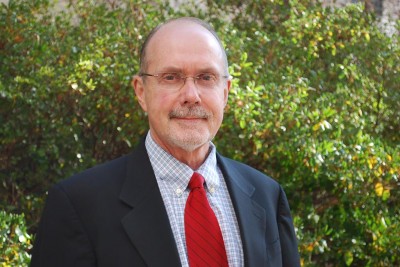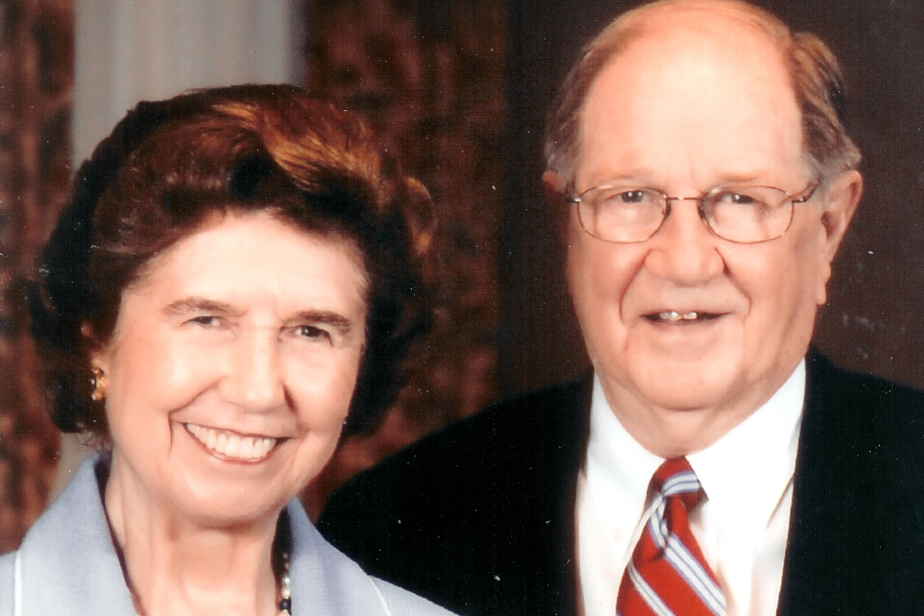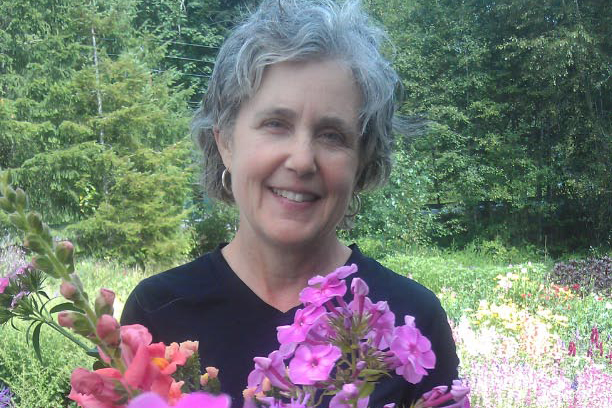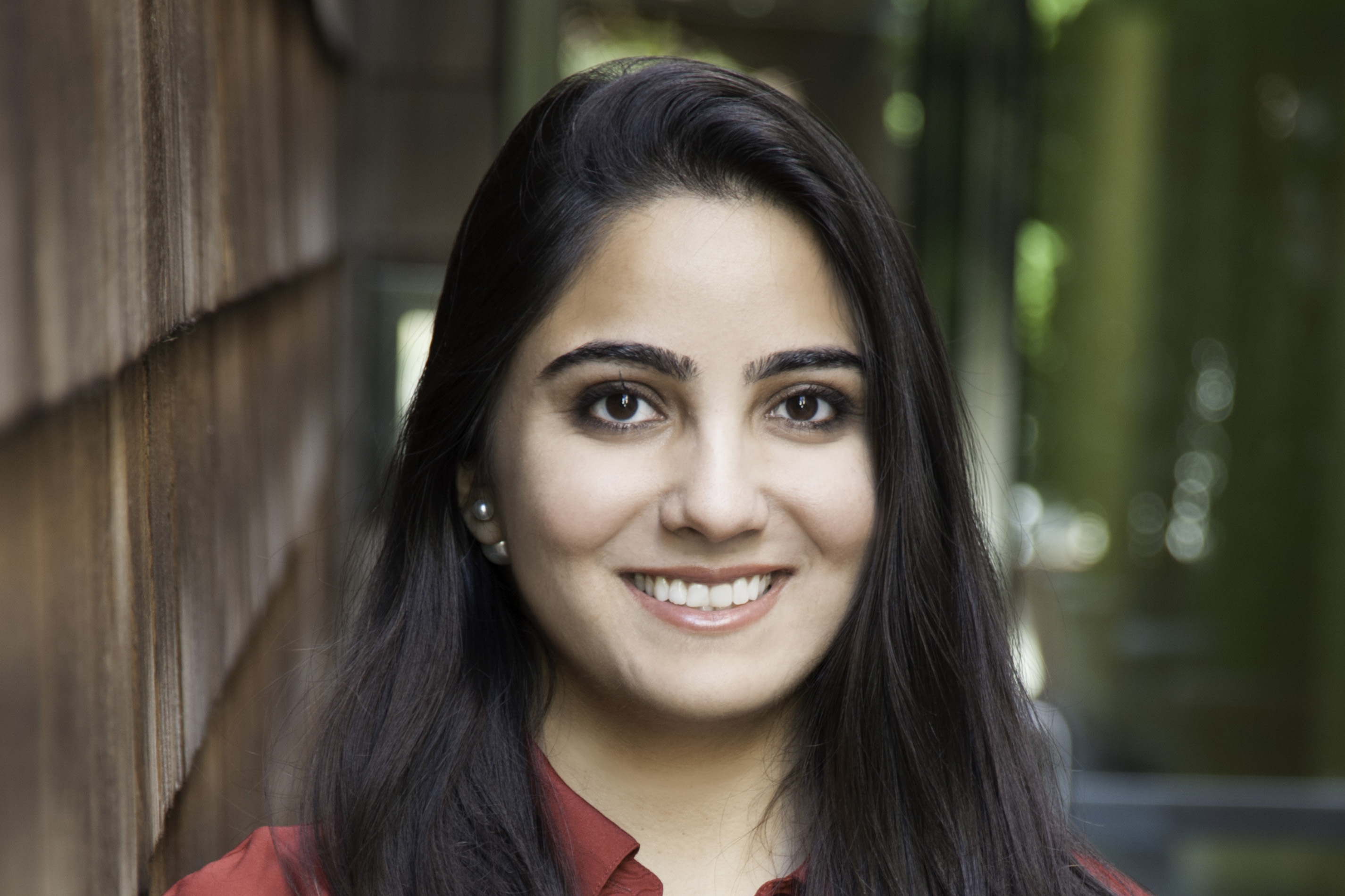The liberal arts and the internet
Every Cornell student wants a meaningful summer job. For George Strawn ’62, the work he got between junior and senior years led to a prominent career in computer science as well as a key role in the creation of the Internet, arguably the most significant development of the 20th century.

“In 1961, no one even knew the word ‘computers,’” recalled Strawn, a math and physics major uncertain then of his future. “I heard this announcement over the P.A. at school that Argonne Laboratory was looking for students to help organize a project. It seemed interesting to me. I applied and got selected.”
The Argonne experience steered him into the emerging world of computer science. After turning down an offer to enroll in MIT’s graduate school, he joined IBM and four years later enrolled in Iowa State University’s Ph.D. program. There, he subsequently accepted a faculty position before chairing its nascent computer department.
At Iowa State, he led efforts to build a network in which data from a lone computer got shared on campus with smaller terminals and, in a cost-cutting measure, with a counterpart system at the University of Iowa. Though primitive by today’s standards, this led to leaving Ames to join a National Science Foundation group in the 1990s developing what would be the Internet as we now know it.
Strawn now directs an interagency program coordinating Information Technology programs of 20 federal agencies, reporting directly to the White House Office of Science and Technology Policy. At one point, he was NSF’s chief information officer.
George, from DeKalb, Ill., was Phi Beta Kappa at Cornell. He enrolled following a high school visit, adhering to his parents’ wishes to stay within 500 miles of home. A William Fletcher King Scholarship was a contributing factor.
He points out there was more for him at Cornell than math, physics, and a future in computers. He was a varsity letter-winner in track and cross country, became active in campus theater under Professor Chet Webb, and continued those interests for decades to come. He met his wife, Candace, in community theater.
His favorite class was an English literature course as a sophomore under Professor Howard Lane. “The friendships with some of the professors were very memorable,” he said.
Once, after giving a wide-ranging speech at a meeting, a colleague told him that he obviously had a liberal arts education at some point in his technology-driven career path “and it stuck.”



